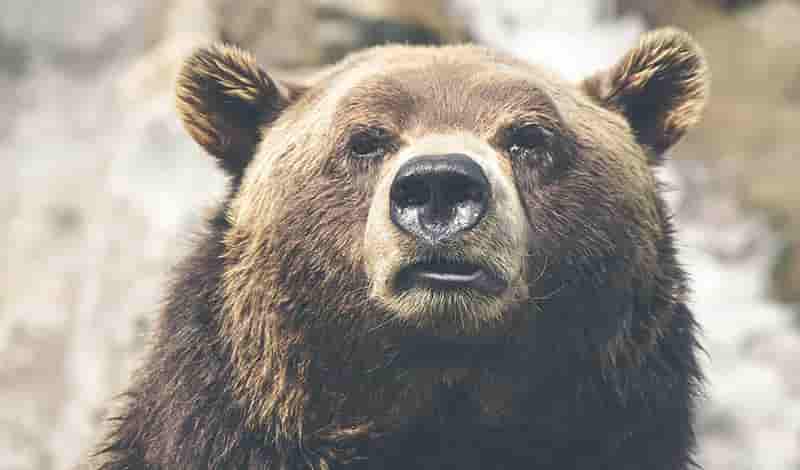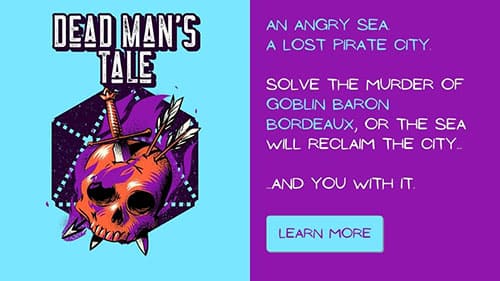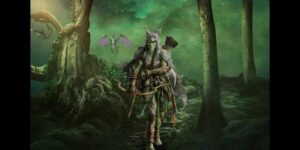Play a Beast Master Ranger in DnD 5e with these concepts in mind
- Utilize the wide variety of pet choices.
- Choose archery fighting style to complement your pet.
- Build other spells around animal handling and lean in.
- Retain key damage-dealing ranger traits.
There seems to be some uncertainty about the Beast Master ranger archetype in DnD 5e, so I feel obligated to demonstrate why it’s a fun character choice.
Meet Rooster, slayer of foes and friend to the wild, my wood elf Beast Master.
Rooster is one of those weird situations where I rolled one perfect stat and several less-than-great stats. I decided, sure, I’ll put the big roll into my Dex score. Along with his racial Dexterity bonus, he absolutely leverages this stat to the maximum. His Wisdom score is ok, and the rest of his scores are laughable. Therefore, he’s kind of a surfer dude who might be stoned most of the time. He’s wise and gifted, but kind of unintelligible and illiterate.
I intended on taking Rooster down the Hunter archetype—in other words, lean into the dexterity score and wreck foes (all with a dude vibe). Then, I began to look at the variety of pets I could potentially use and had a strange notion, Rooster could be like a Pokemon trainer.
Utilize the wide variety of pet choices.
The Beast Master archetype specializes in befriending medium sized beasts as companions. These pets are able to aid in battle in a number of unique ways, as well as helpful skills for exploring. Cougars can ambush and knock enemies prone, giant snakes have reach and can poison, some creatures fly or can breathe underwater. The utility of the pet is endless, and I just need to find one within the environment of the game.
In other words, finding the right pet for an adventure is a creative challenge. Am I exploring desert ruins or an arctic ice cave? The type of creature I’m able to befriend must fit the environment. I can’t bring a polar bear to the desert or snake to the arctic. However, between the wide variety of beasts in the monster manual and the expanded list online, there are many interesting options. In fact, I’ve created my own official adventure below for you to check out, set on a tropical pirate island.
Anyways, Rooster befriended a giant snake, named Fluffy, in a coastal swamp and took the creature’s reach into advantage. When enemies moved in to attack me, the snake would lash out with a punishing, venomous bite. For me, this was the key to playing the Beast Master: use the pet as a tank and fire off shots with a bow.
My First Pet Crab
As the story moved our party toward the sea, Fluffy perished in a battle. RIP Fluffy. But I found a new friend who was more suited for the saltwater environments where we found ourselves: a giant crab.
I named my giant crab Slugger, and he was the best tank I could have asked for. His natural armor was impressive, being a shelled creature and all, and my proficiency bonus gave him an extra +2 and later +3. As a Beast Master, I add this proficiency bonus to his AC, attack roll, damage, saving throws and any skill he’s proficient with.
Slugger was also an excellent swimmer with the ability to breath underwater. With an adventure based around the sea, these abilities were fun to lean on. I could even use him as a little makeshift boat.
On top of all these traits, he could grapple enemies with each of his meaty claws. Coincidentally, my team already had a Paladin tank. Slugger stood by his side to make a small phalanx, and I lurked behind with my bow. I think the paladin liked Slugger more than I did.
Choose archery fighting style to complement your pet.
I think most people get hung up on the pet commands as actions. People don’t want to wait to level 5 before they can command their pet and attack, which is fair. The trick is to place your pet in an advantageous position at the beginning of the fight and attacking on subsequent rounds.
This is why the archery fighting style is key for this role. The extra +2 on the attack roll will give the character consistent damage output while the pet stands guard. For Rooster, this meant placing a giant snake or crab in between himself and the enemy, commanding it to “ready attack”. The idea was to pull enemy aggression while I dished out punishment. If anyone came too close, they’d get hit.
Related Articles:
DnD 5e Guide to Building a Ranger Hunter
| DnD 5e: Guide to Building a Dinosaur Campaign
|
Build other spells around animal handling and lean in.
As far as the list of ranger spells is concerned, I split my spells down the middle between dealing damage and handling animals.
In building Rooster, I chose Animal Handling (along with Stealth and Perception), so Animal Friendship wasn’t totally necessary at level 2. Speak with Animals, on the other hand, gave me something practical to use with my pet. Not to mention, I could use this spell for info gathering, once again searching for local wildlife Pokemon style.
As I mentioned, my spells were split down the middle. On the damage-dealing side, I chose Hunter’s Mark. The extra d6 to my attack damage helps me kill off attackers.
The spell gained at level 3 can be anything (on the level 1 chart). Ensnaring Strike generates thorny vines when I land an attack, grappling the enemy and stabbing them with 1d6 thorns until they make a strength saving throw. Cure Wounds adds some healing ability, or I could have thrown in Animal Friendship here.
I ended up choosing Ensnaring Strike.
The next 2 spells (level 2) should be split as well. I chose Hail of Thorns and Animal Messenger.
Hail of Thorns sends a burst of thorns from my arrow, hitting clusters of enemies 5 ft within reach of my target for 1d10 (unless they were able to evade). Between my damage dealing spells, I should have crowd control down at this point.
Animal Messenger is like Animal Friendship, except more effective? I’m not sure where to place Animal Friendship. Anyway, Animal Messenger allows me to befriend, communicate with and command a small animal to deliver a message. As a Beast Master, both technically and thematically, I have to roll with my animal speaking skills.
Retain key damage-dealing ranger traits.
As I mentioned in the spell portion, retaining a Ranger’s ability to deal damage is important. Sure, the ranger is doing Divine Smite numbers of damage, but that isn’t the Ranger’s job. Having a ranged weapon is a battlefield advantage in and of itself, so it makes sense to offset ranged attacks with slightly less damage capability.
That said, a ranger with focused Dexterity can work a crowd like an artist. The secondary Wisdom score and accompanying animal abilities will increase my ability to solve story elements with nature, but the high Dexterity score is crucial for any ranger. It affects attack, reflex and defense. All in one package.
Disclaimer:
Genre Bomb is unofficial Fan Content permitted under the Fan Content Policy. Not approved/endorsed by Wizards. Portions of the materials used are property of Wizards of the Coast. ©Wizards of the Coast LLC.




